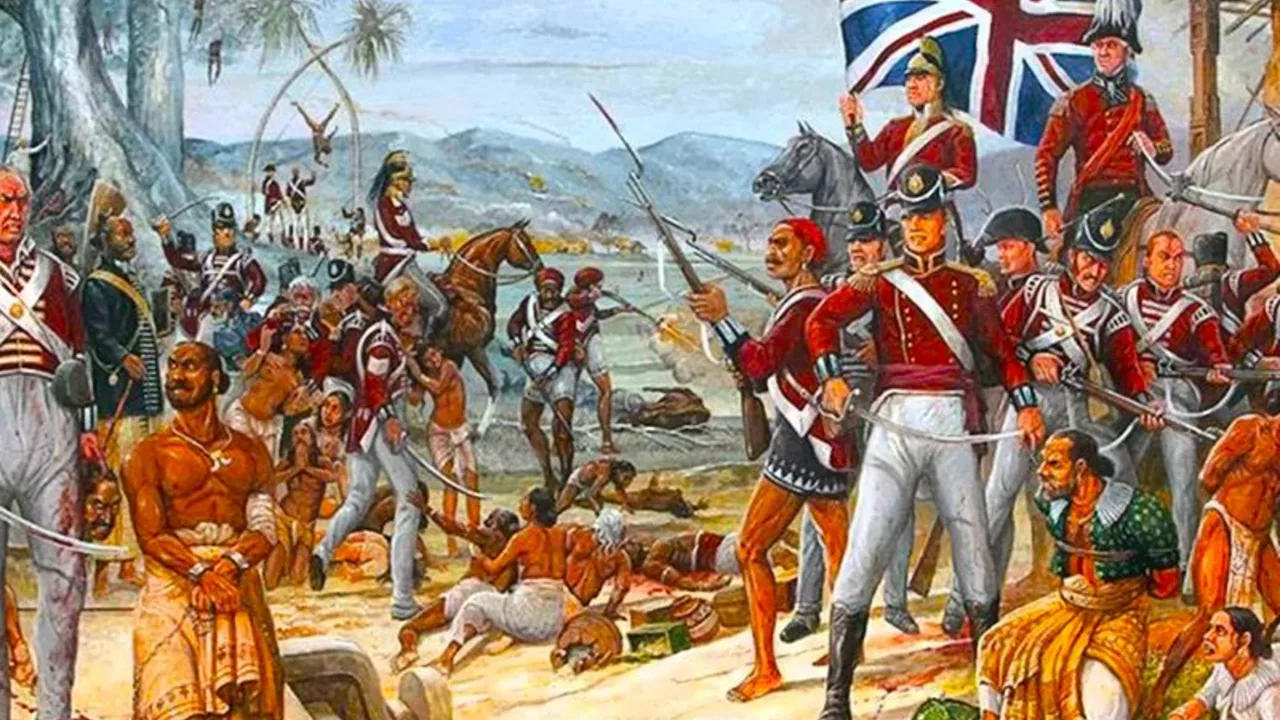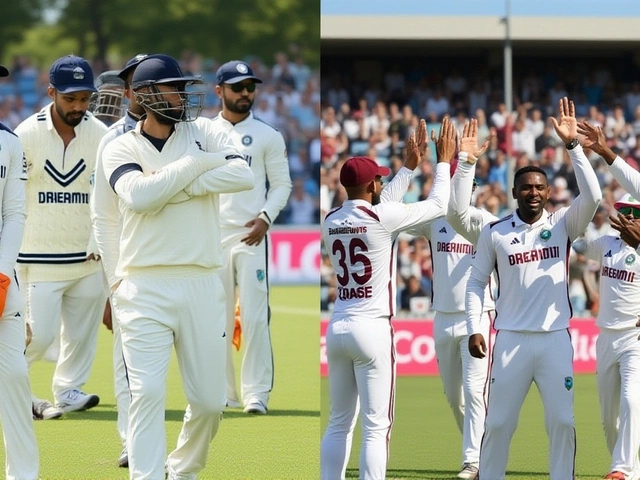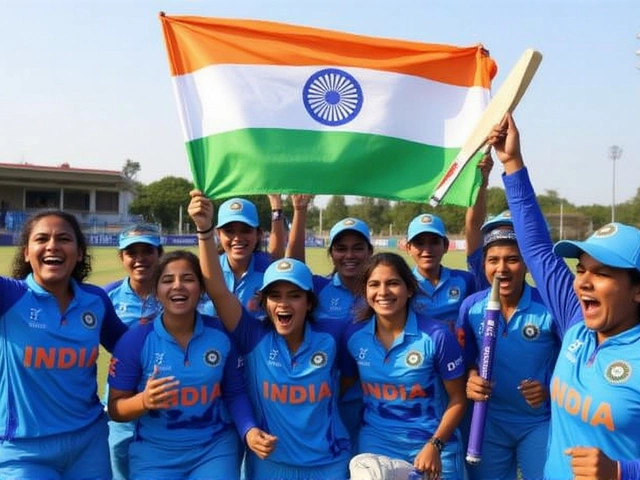Life in the Raj: Social and Cultural Interactions
One of the most distinctive aspects of life in British India was the interaction between the British imperialists and the native Indian population. This was a period of significant cultural exchange, but also one of tension and inequality. British citizens, often employed in the civil service or military, lived lives of relative luxury, with domestic staff and lavish homes. Yet, the Indian population lived under colonial rule, experiencing a range of social, political and economic restrictions.
Despite these inequalities, there was a degree of cultural interaction. Many British citizens developed a fascination with Indian culture, cuisine, and traditions, leading to a unique fusion that was evident in the architecture, fashion, and food of the time. However, the Indian population was often treated as second-class citizens, with numerous laws that prioritized the interests of the British.
The Economy of British India: Trade, Agriculture, and Industry
The economy of British India was heavily influenced by the interests of the British Empire. They established a system that was primarily geared towards exporting raw materials such as cotton, tea, and opium to Britain, which were then manufactured into goods and sold back to the Indian market at a profit. This system of economic exploitation led to a significant drain of wealth from India.
Agriculture was the backbone of the Indian economy, but under British rule, farmers were often forced to grow cash crops instead of food crops, leading to widespread famine and poverty. The industrial sector, too, suffered under British rule, with traditional Indian industries like textiles and shipbuilding facing decline due to competition from British goods.
Education and the English Influence
The British introduced Western-style education in India, with an emphasis on English language and literature. This had a lasting impact on the Indian society, creating a new class of Indians who were fluent in English and familiar with Western ideas and values. Many of these educated Indians would go on to play a significant role in the Indian independence movement.
However, the education system was also a tool of cultural domination, designed to produce a class of Indians who would serve the needs of the British Empire. The British often dismissed Indian culture and history, promoting the idea that Western civilization was superior.
Religion and British Rule
Religion played a crucial role in the lives of people in British India. While the British did not directly interfere with the religious practices of the Indian population, their policies often exacerbated religious tensions. The policy of "divide and rule", for example, pitted Hindus and Muslims against each other, sowing the seeds of communal conflict.
Christian missionaries also played a prominent role during this period, opening schools and hospitals, but also attempting to convert the Indian population. This often led to resentment and conflict, further straining the relationship between the Indian population and the British rulers.
Resistance and the Road to Independence
Life under British rule was not without resistance. There were numerous rebellions, protests, and movements aimed at ending British rule, the most significant of which was the Indian Independence Movement. Led by figures like Mahatma Gandhi and Jawaharlal Nehru, this movement used nonviolent resistance and civil disobedience to challenge British rule.
The struggle for independence was a long and difficult one, marked by numerous sacrifices and hardships. But it also brought together people from different religions, castes, and regions in a shared struggle for freedom, laying the foundations for modern India.





